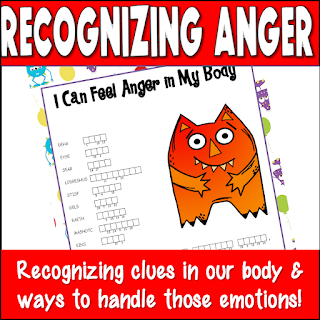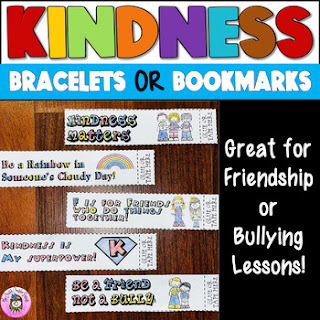Unleashing Excitement:
Get those tails wagging with excitement because this month, our lesson is all about careers, just like fetching sticks or chasing squirrels! We want our younger students to sniff out the countless opportunities that lie ahead. So, instead of just giving them a boring career lesson, they are getting a "pawsome" opportunity to research in the computer lab, where they can explore their interests and some howlingly cool careers. Our amazing computer teachers are the top dogs and have handpicked safe websites for our little explorers. We've got quite a collection, but for today's adventure, we'll be digging into the "Paws in Jobland" site!
Sniffing Out Opportunities:
Kids will have their ears perked as they do the "Job Finder" online survey. The best part is that all the questions and careers are read out loud to them, making it super easy for everyone to follow along! Once they've finished the survey, they'll be taken to a cartoon community where they'll discover the highlighted career clusters.
A "Pawsome" Adventure:
They get to "sniff" out specific careers in their chosen clusters! Just by clicking on the cluster, a list of awesome careers will appear. They can watch a fun slideshow video that explains the ins and outs of each career. And they can "fetch" information for two exciting careers to fill their mini career research booklets!
Bone-a-fide Ways to Encourage Career Awareness:
Expanding Paw-sibilities: Introduce your primary students to many different jobs and careers, so they can discover new possibilities and explore their interests.
Early Sniff-out: Help young learners understand what adults do for work, showing them the different jobs people have in the world.
Tail-wagging Exploration: Encourage students to explore their interests and hobbies, and show them how these can relate to future careers.
Goal-fetching: Teach students the importance of setting goals for their education and future careers, and motivate them to work towards achieving their dreams.
Motivation with Bark-worthy Relevance: Connect what students learn in the classroom to real-life situations and careers, making their education more meaningful and exciting.
Pawsome Aspirations: Inspire students to dream big and believe in their own potential by introducing them to a variety of careers.
Canine Confidence: Boost students' confidence by helping them recognize their strengths and talents, and showing them that they have something valuable to contribute to the world.
Fetching Life Skills: Develop important life skills such as problem-solving, communication, and teamwork through career exploration activities.
Family Pack Engagement: Involve families in career discussions and activities to provide additional support and guidance for students.
Wag-tastic Planning: Teach students the importance of planning for their future, helping them make informed decisions and set goals for their education and career paths.
Craft Your Own Career Research Booklet:
So, get ready to embark on a bone-a-fide journey of career discovery like no other! Your tails will be wagging with excitement as you download this FREE Career Research Booklet! To make these awesome career research booklets, just print and fold them in half twice to make quarter-sized booklets.
You can get this Paw-some Freebie here:
Looking for more Career Awareness and Exploration Ideas? Check these out!














.JPG)
.JPG)
.JPG)
.JPG)
.JPG)




.JPG)
.JPG)
.JPG)
.JPG)
.JPG)
.JPG)
.JPG)
.JPG)

